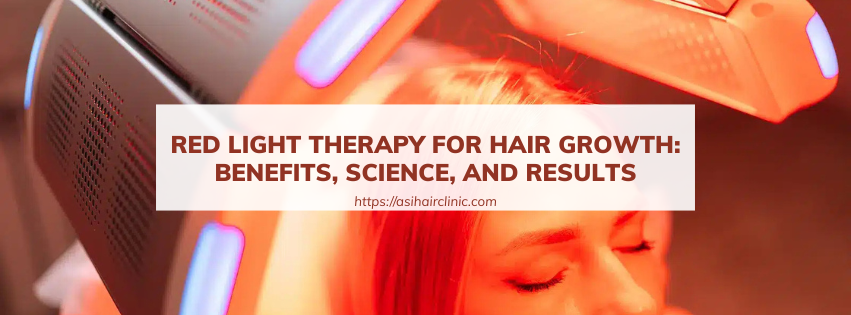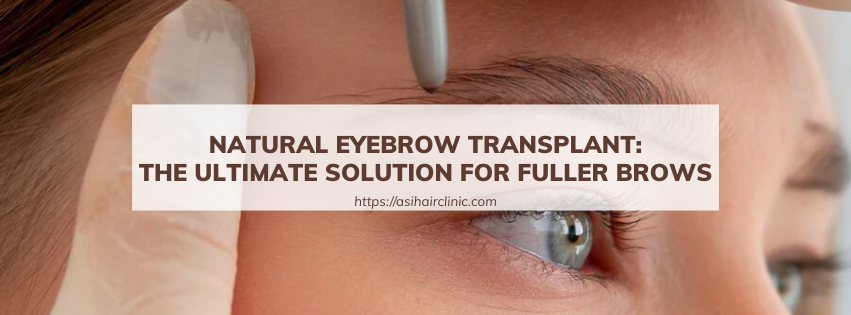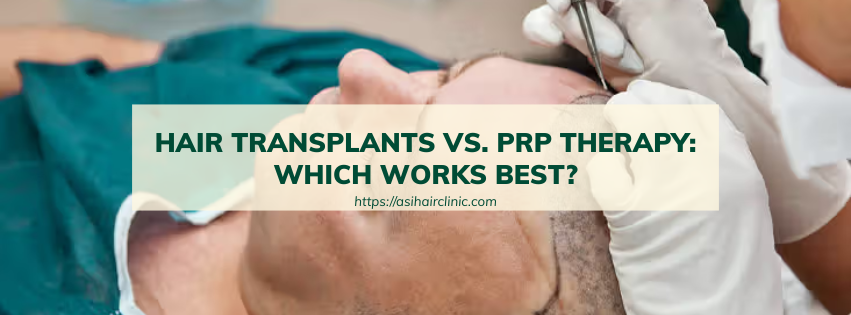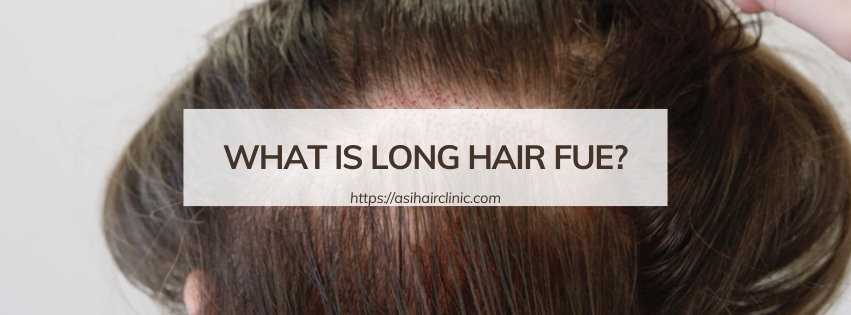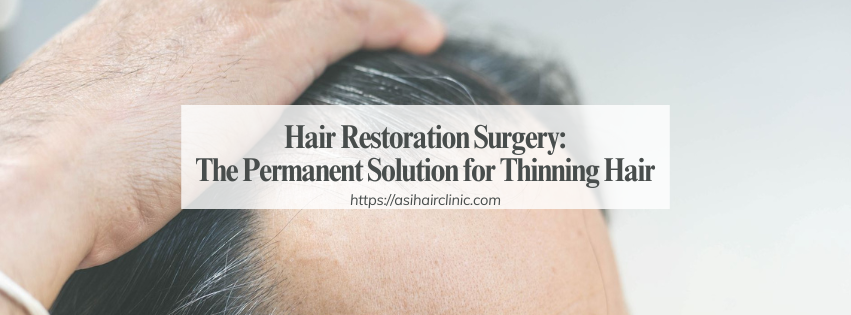Eyebrow Transplant: Procedure, Costs and Results
For many individuals, eyebrows are more than just a feature; they frame the face, express emotions, and contribute significantly to one's overall appearance. Whether due to genetics, over-plucking, alopecia, or scarring, eyebrow loss can be a source of significant distress and impact self-confidence. In such cases, eyebrow transplantation offers a permanent solution to restore brows and reclaim a more aesthetically pleasing look. This comprehensive article delves into the world of eyebrow transplants, providing a detailed overview of the procedure, its costs, potential results, and essential considerations before taking the plunge. Let's explore this transformative option and understand if it's the right fit for you.
1. Understanding the Eyebrow Transplant Procedure
Eyebrow transplantation is a specialized cosmetic procedure that mimics the natural growth of eyebrows by transplanting hair follicles from a donor area, typically located at the back of the head, to the eyebrow region. The goal is to create a natural-looking eyebrow shape and density that complements the individual's facial features.
1.1. The Science Behind Hair Follicle Transplantation
Hair follicles are tiny structures in the skin from which hair grows. Each follicle has a life cycle consisting of growth (anagen), rest (telogen), and shedding phases. During an eyebrow transplant, healthy hair follicles are extracted from the donor area and implanted into the eyebrow region. This process requires precision and skill to ensure that the new hairs grow in the correct direction and density, closely resembling natural eyebrow hair.
The success of the procedure largely depends on the quality of the donor hair. Typically, hair from the scalp is used because it tends to be thicker and more robust than body hair. The surgeon will assess the characteristics of the donor hair to determine its suitability for eyebrow restoration.
1.2. Who is a Good Candidate for Eyebrow Transplant?
While eyebrow transplant offers a viable solution for many, it's essential to identify if you are a suitable candidate. Here are some key factors to consider:
- Eyebrow Loss Causes: Eyebrow loss can occur for various reasons, including genetic predisposition, medical conditions like alopecia, over-plucking, scarring from injuries or surgeries, and even certain medications. Understanding the underlying cause of your eyebrow loss is crucial in determining whether an eyebrow transplant is the right choice for you.
- Hair Donor Area Assessment: A critical factor in determining candidacy is the availability of healthy hair in the donor area. If you have sufficient hair on your scalp that can be harvested without compromising your hairstyle, you may be a good candidate for the procedure. Your surgeon will evaluate the density and quality of your donor hair during the consultation.
- Setting Realistic Expectations: It's vital to have realistic expectations regarding the outcome of the procedure. While eyebrow transplantation can significantly enhance the shape and density of your eyebrows, it cannot create new hair beyond what is available in the donor area. Discussing your goals with your surgeon will help align expectations with achievable results.
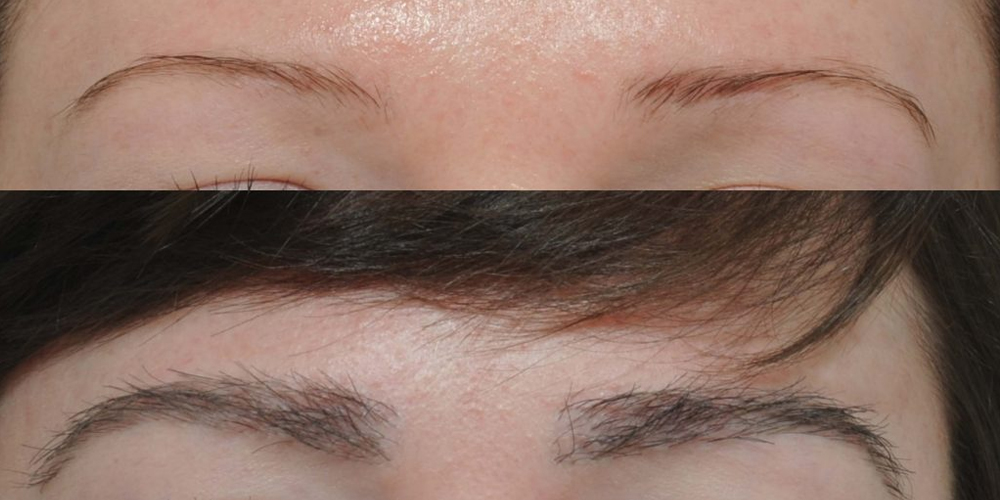
1.3. The Eyebrow Transplant Procedure Steps
The eyebrow transplant procedure generally follows several key steps, each designed to ensure a successful outcome.
Initial Consultation: The journey begins with an initial consultation where you discuss your aesthetic goals, medical history, and any concerns you may have. This step is crucial for establishing a personalized treatment plan tailored to your needs.
Preparation for the Procedure: Once you decide to proceed, the next step involves preparing both the donor and recipient areas. The donor area is usually shaved to facilitate hair extraction, while the desired shape and density of the eyebrows are marked on your face. This meticulous planning ensures that the final result aligns with your expectations.
Hair Extraction Techniques: There are two primary techniques for extracting hair follicles during an eyebrow transplant:
- Follicular Unit Extraction (FUE): This method involves extracting individual hair grafts one by one from the donor area. FUE is known for leaving minimal scarring and allows for a more precise placement of hair follicles.
- Follicular Unit Strip Excision (FUSS): In this technique, a narrow strip of skin containing hair follicles is excised from the donor area. While this method can yield a larger number of grafts, it leaves a linear scar that may be visible depending on your hairstyle.
Graft Preparation and Transplantation: After extraction, the harvested grafts undergo meticulous preparation to ensure their viability. The surgeon then implants the grafts into tiny incisions made in the eyebrow area. The placement and direction of each graft are crucial for achieving a natural appearance. Skilled surgeons pay close attention to the angle and orientation of the hair follicles to mimic the natural growth pattern of eyebrows.
Post-Procedure Care: Following the transplant, your surgeon will provide specific aftercare instructions. This may include guidelines for wound care, medication to manage discomfort, and restrictions on physical activities. Adhering to these instructions is vital for optimal healing and results.
2. The Cost of Eyebrow Transplantation
Understanding the financial aspect of eyebrow transplantation is essential for prospective patients. The cost of the procedure can vary widely based on several factors.
- Geographic Location and Market Demand: One of the most significant factors influencing the cost of eyebrow transplantation is geographic location. Urban centers with a higher cost of living often charge more for cosmetic procedures compared to rural areas. Additionally, the demand for eyebrow transplants in a particular region can also affect pricing.
- Surgeon's Experience and Expertise: The experience and expertise of the surgeon play a crucial role in determining the cost of the procedure. Highly skilled and reputable surgeons with a proven track record of successful eyebrow transplants may charge higher fees. It's essential to prioritize quality and safety over cost when selecting a surgeon.
- Technique Used for the Procedure: The choice of extraction technique can also impact the overall cost. FUE is generally more expensive than FUSS due to its complexity and the time involved in harvesting individual grafts. Patients should discuss the pros and cons of each technique with their surgeon to make an informed decision.
- Number of Grafts Required: The number of grafts needed to achieve the desired results directly influences the total cost of the procedure. During the consultation, the surgeon will assess your specific needs and provide an estimate of the number of grafts required.
- Anesthesia Options: The type of anesthesia used during the procedure can also affect the final price. Local anesthesia is typically less expensive than general anesthesia, but the choice will depend on the patient's comfort level and the surgeon's recommendation.
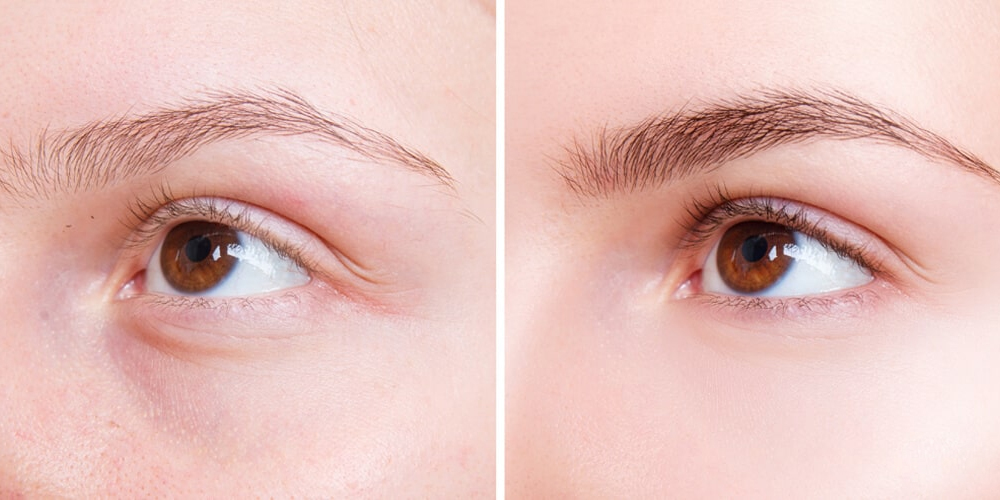
3. Post-Procedure Recovery and Healing
Recovery after an eyebrow transplant is a crucial phase that requires careful attention to ensure optimal results.
- Immediate Aftermath: In the days following the procedure, patients can expect some discomfort, swelling, and redness around the eyebrow area. These symptoms are normal and typically subside within a few days. Pain management may involve over-the-counter pain relievers as recommended by the surgeon.
- Healing Process Timeline: The healing process can take several weeks, during which patients may notice initial hair loss from the transplanted grafts. This phenomenon, known as "shock loss," occurs as the newly transplanted hair enters a resting phase. It’s important to remember that this is a temporary condition, and new hair growth will begin to appear gradually over the following months.
- Monitoring Progress: Regular follow-up appointments with the surgeon are essential to monitor the healing process and assess the growth of the transplanted hair. During these visits, the surgeon can address any concerns and provide guidance on post-operative care.
- Long-Term Results: Patients can expect to see noticeable results within three to six months after the procedure, with full results becoming evident around one year post-transplant. The newly transplanted hair will continue to grow naturally, allowing for styling and grooming just like regular eyebrow hair.
4. Potential Risks and Complications
While eyebrow transplantation is generally safe, it is essential to be aware of potential risks and complications associated with the procedure.
- Infection Risk: Although rare, infections can occur following any surgical procedure, including eyebrow transplants. Proper hygiene and adherence to post-operative care instructions are crucial in minimizing this risk. Patients should promptly report any signs of infection, such as increased redness, swelling, or discharge.
- Scarring Considerations: The technique used for the transplant can influence the likelihood of scarring. The FUSS technique, in particular, can leave a linear scar in the donor area, which may be visible depending on the patient's hairstyle. Discussing scarring concerns with the surgeon during the consultation can help set realistic expectations.
- Achieving Symmetry: Achieving perfect symmetry in eyebrows can be challenging, even for experienced surgeons. Factors such as natural variations in facial anatomy and hair growth patterns can affect the final outcome. Patients should be prepared for the possibility of minor asymmetries and discuss their preferences with the surgeon.
- Pigmentation Changes: In some cases, the newly transplanted hair may have a different color or texture than existing eyebrow hair. This discrepancy can be addressed through tinting or other cosmetic solutions to achieve a more uniform appearance.
- Unsatisfactory Results: While many patients are thrilled with their eyebrow transplant results, there is always a possibility that the final outcome may not meet expectations. Open communication with the surgeon about desired results and concerns is essential in managing expectations.

5. Alternatives to Eyebrow Transplantation
Before deciding on eyebrow transplantation, it's essential to explore other available options that may suit your needs.
- Microblading: Microblading is a semi-permanent tattoo technique that uses a small blade to implant pigment into the skin, mimicking the appearance of natural eyebrow hair. This option is less invasive than an eyebrow transplant and can provide immediate results, although it typically lasts for one to three years before requiring touch-ups.
- Eyebrow Extensions: Eyebrow extensions involve attaching artificial hairs to existing eyebrow hairs using a special adhesive. This method can enhance the fullness and length of your eyebrows but requires regular maintenance and may not be suitable for everyone.
- Eyebrow Makeup: Using cosmetics to shape and fill in eyebrows is a popular option for those seeking a non-invasive solution. Various products, such as pencils, powders, and gels, can create the illusion of fuller eyebrows without the need for surgical intervention.
- Medication for Hair Growth: Certain medications, such as minoxidil, can stimulate hair growth and help manage conditions like alopecia. Consulting with a dermatologist or healthcare professional can provide insights into whether medication might be an appropriate option for your situation.
Conclusion
Eyebrow transplantation offers a permanent solution to eyebrow loss, restoring confidence and enhancing facial aesthetics. However, it's a substantial decision that requires thorough research, honest expectations, and a qualified surgeon. By understanding the procedure, costs, potential results, and risks associated with eyebrow transplantation, you can make an informed choice that aligns with your individual needs and goals. Remember, seeking a consultation with a reputable and experienced surgeon is the crucial first step in embarking on this transformative journey.
LATEST POSTS



